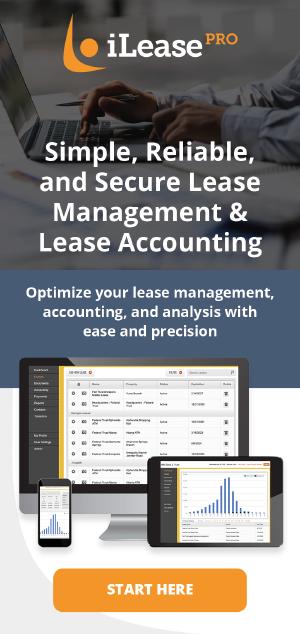Top 6 Challenges and Solutions for ASC 842 Compliance
The transition to ASC 842 has significantly changed lease accounting, requiring businesses to recognize lease liabilities and right-of-use (ROU) assets on their balance sheets. While these changes improve financial transparency, they also introduce challenges that can lead to compliance risks if not properly addressed. This article explores the most common pitfalls organizations face when implementing ASC 842 and offers strategies to mitigate these risks. By understanding and preparing for these challenges, businesses can ensure compliance, improve reporting accuracy, and maintain strong financial health.
1. Incomplete Lease Inventory
One of the most frequent mistakes companies make is failing to identify and account for all leases, including embedded leases within service contracts and short-term agreements.
Example: A manufacturing company enters into a maintenance contract that includes leased equipment. If this embedded lease is not properly identified, the company underreports its lease liabilities, leading to non-compliance.
How to Avoid This Pitfall:
- Conduct a thorough review of contracts to identify embedded leases. Learn more in our guide to identifying embedded leases.
- Use a centralized lease management system to track leases efficiently.
- Regularly update lease data to reflect modifications and renewals.
2. Inaccurate Lease Classification
ASC 842 classifies leases as either finance or operating, with different accounting treatments. Misclassification can result in errors in financial reporting.
Example: A retail company leases storefront space but misclassifies it as an operating lease, even though it contains a bargain purchase option, which qualifies it as a finance lease.
How to Avoid This Pitfall:
- Understand the criteria for lease classification. Check out our ASC 842 lease classification guide.
- Implement internal controls to ensure accurate classification.
- Use lease accounting software to automate classification and reduce errors.
3. Incorrect Discount Rate Selection
Choosing the appropriate discount rate for lease liability calculations is crucial to compliance. Using an incorrect rate can lead to misstated liabilities and expenses.
Example: A logistics company incorrectly applies an arbitrary discount rate instead of its incremental borrowing rate (IBR), resulting in financial misstatements.
How to Avoid This Pitfall:
- Use the rate implicit in the lease if available.
- If the implicit rate is unknown, apply an incremental borrowing rate (IBR) aligned with company credit standing. Read more on how to determine the right IBR.
- Consider risk adjustments when determining the IBR.
4. Poor Lease Data Management
Managing lease data manually or across multiple systems can result in inconsistencies and errors.
Example: A healthcare organization stores lease agreements in multiple spreadsheets, leading to discrepancies when consolidating financial reports.
How to Avoid This Pitfall:
- Implement a lease accounting system that integrates with financial reporting tools. Read our lease data management best practices.
- Assign dedicated personnel to oversee lease data accuracy.
- Conduct regular audits to validate lease terms and conditions.
5. Non-Compliance with Disclosure Requirements
ASC 842 mandates enhanced financial disclosures. Failure to comply can result in regulatory penalties and reputational risks.
Example: A tech startup omits key lease details in its financial disclosures, raising red flags during an investor review.
How to Avoid This Pitfall:
- Ensure financial statements include all lease-related disclosures. Check our ASC 842 disclosure requirements guide.
- Maintain transparency regarding lease commitments and assumptions.
- Work closely with auditors to ensure compliance with reporting expectations.
6. Lack of Transition Planning
A poorly planned transition to ASC 842 can cause disruptions, errors, and missed reporting deadlines.
Example: A construction company delays ASC 842 adoption, leading to rushed implementation and financial inconsistencies.
How to Avoid This Pitfall:
- Assess the impact on financial statements before transition. Read our step-by-step ASC 842 transition guide.
- Establish a cross-functional team to manage the transition.
- Train accounting teams on the new lease accounting standard.
Achieving ASC 842 compliance requires a proactive approach in lease identification, classification, data management, and financial reporting. By addressing these common pitfalls early, businesses can ensure accuracy and avoid costly mistakes.



